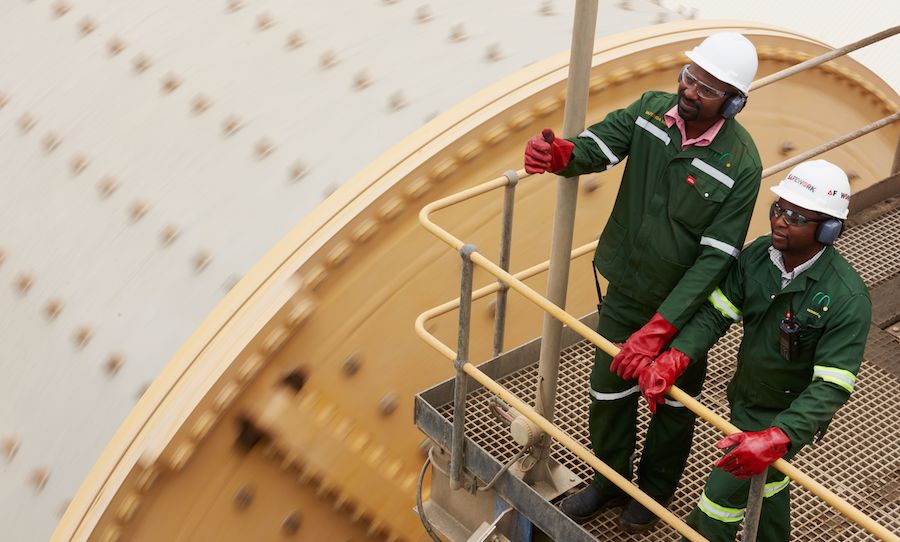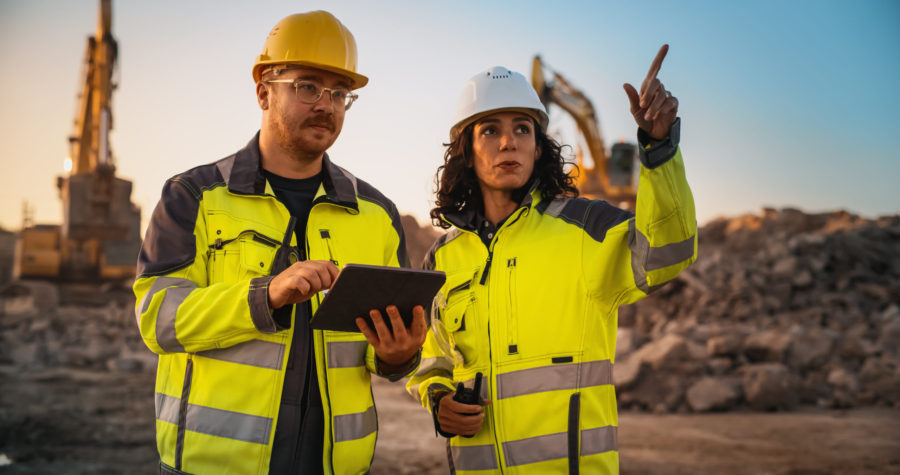Glencore’s Mutanda mine to produce less cobalt on ore depletion

Depleting ore grades of cobalt deposits at Glencore’s Mutanda mine in Congo means the miner will produce up to 15% less a year of the battery metal, three sources with knowledge of the matter said.
The problem at Mutanda is shrinking oxide ore deposits on the surface. Glencore would have to invest in retrieving and processing the sulphide ores located below the surface, the sources added.
The London-listed miner is carrying out a feasibility study, which one of the sources said is expected to be completed soon, to assess how much it would need to invest and whether it will.
Glencore declined to comment.
However, further investments would increase costs of production at Mutanda at a time of weak cobalt prices. Cobalt metal priced at around $16 a lb has more than halved since June 2022, partly due to flagging demand from the electric vehicle sector.
Lower cobalt production from Mutanda will likely mean Glencore reduces its output guidance by 5,000 metric tons from 2024, two of the sources said. It expects to produce around 38,000 tons this year.
Glencore, which typically updates its guidance for investors in December, will not hold an Investor Day this year and will detail its 2024 guidance at a regular update next year.
Glencore in August said it had stockpiled cobalt in the first half of the year, cutting supplies to the market to support dwindling prices.
Part of the reason for the price slump was the resumption of cobalt and copper shipments from China’s CMOC Group Tenke Fungurume mine (TFM) in July, after a one-year stoppage.
The longer-term price outlook is also uncertain due to a switch to cheaper lithium iron phosphate (LFP) batteries and away from those that use nickel, cobalt and manganese (NCM) cathodes, particularly in China.
Macquarie analysts expect a surplus of 17,000 tons this year in a market it estimates at around 210,000 tons, and a surplus of 18,600 tons in 2024.
Cobalt in top producer DRC is mined in the form of hydroxide as a byproduct of copper output. It helps to extend the driving range and life of electric vehicle batteries and has been identified a critical mineral by the United States and Europe.
(By Pratima Desai and Clara Denina)
More News
Rio Tinto, Founders Factory’s Mining Tech Accelerator invests in startups from US and OZ
April 23, 2025 | 04:02 pm
{{ commodity.name }}
{{ post.title }}
{{ post.date }}



Comments